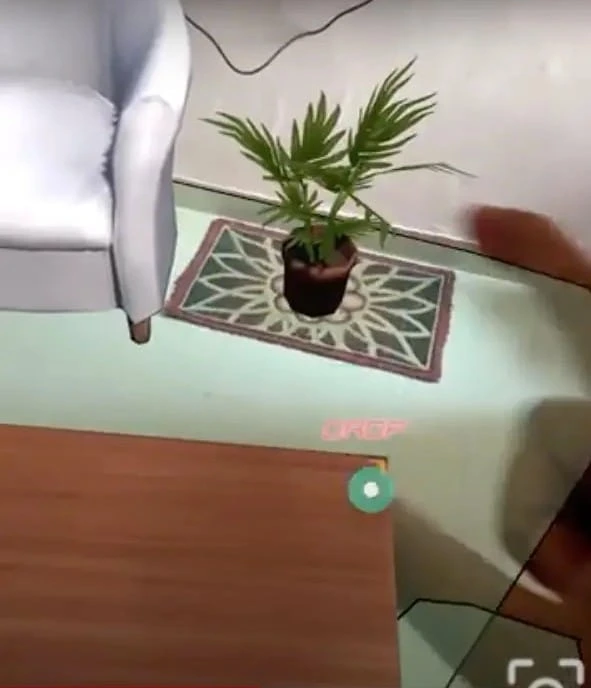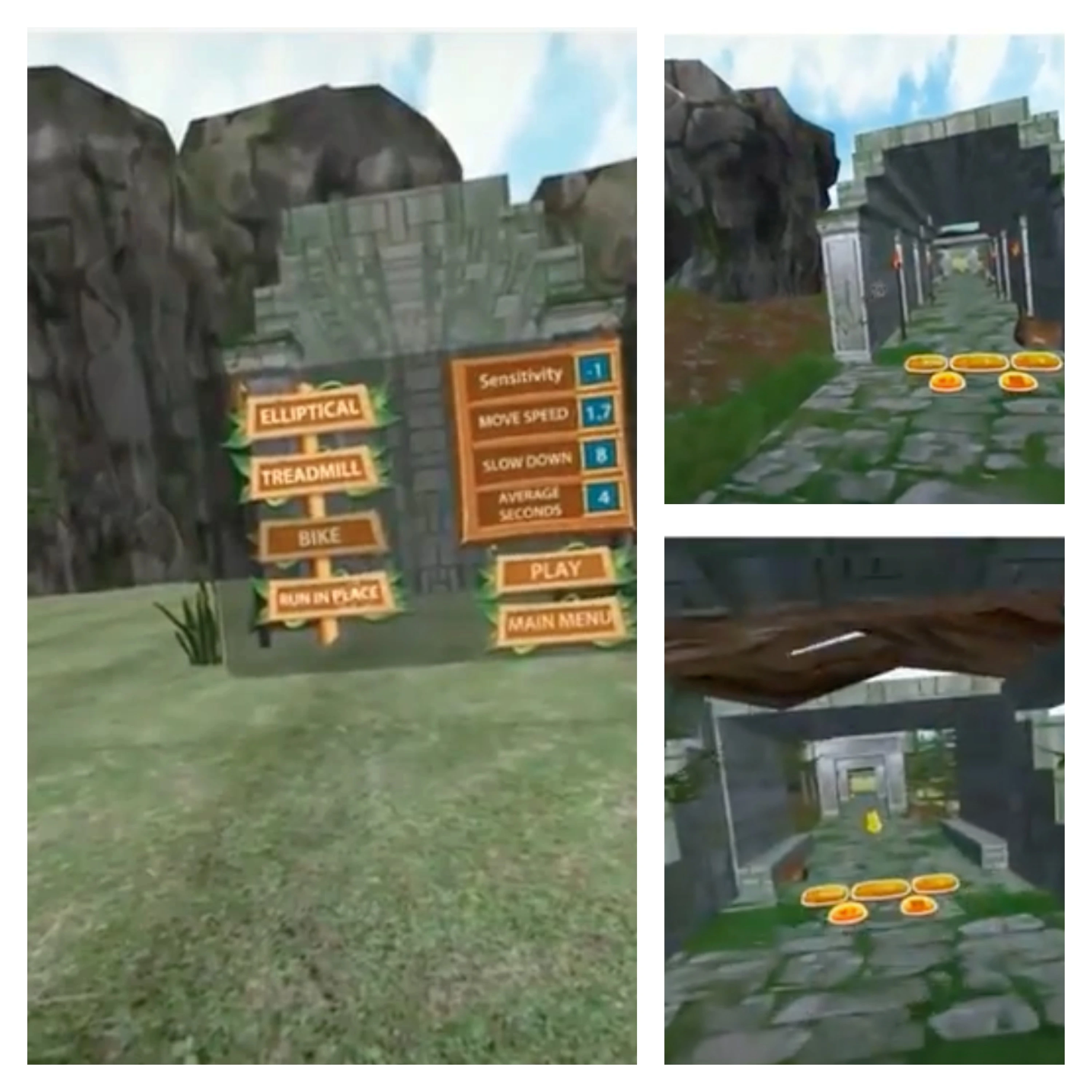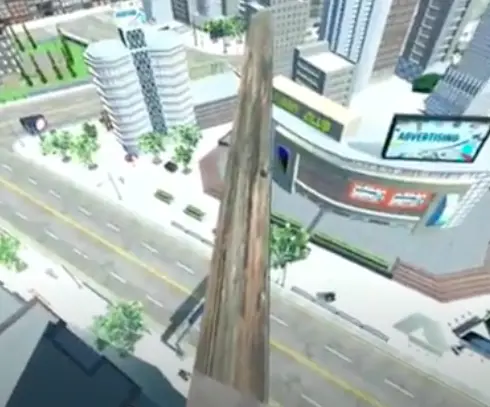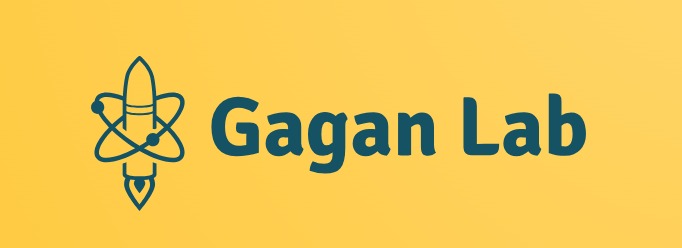Projects Delivered

AR Furniture: With the help of this application one can easily place 3D furniture in his house can move and scale the furniture and can change the texture according to his/her choice.

AR Jameson is an AR application with the help of Image track feature of Vuforia. After tracking the image 3D Jameson factory will appear with all the factory animation.
.webp)
AR Solar view is a complete solution for the people who wants to install the Solar Panel. User can scan the both areas horizontal and vertical and set solar panel in scanned area. One can easily get the idea how much panel will be required and where they need to install inverter and pipes.

VR Treadmill Runner: This game is very useful in gym. One can play this game in gym using VR headset.

VR Plank Game : In this Game player find himself on roof of a building and he have to walk on plank.










